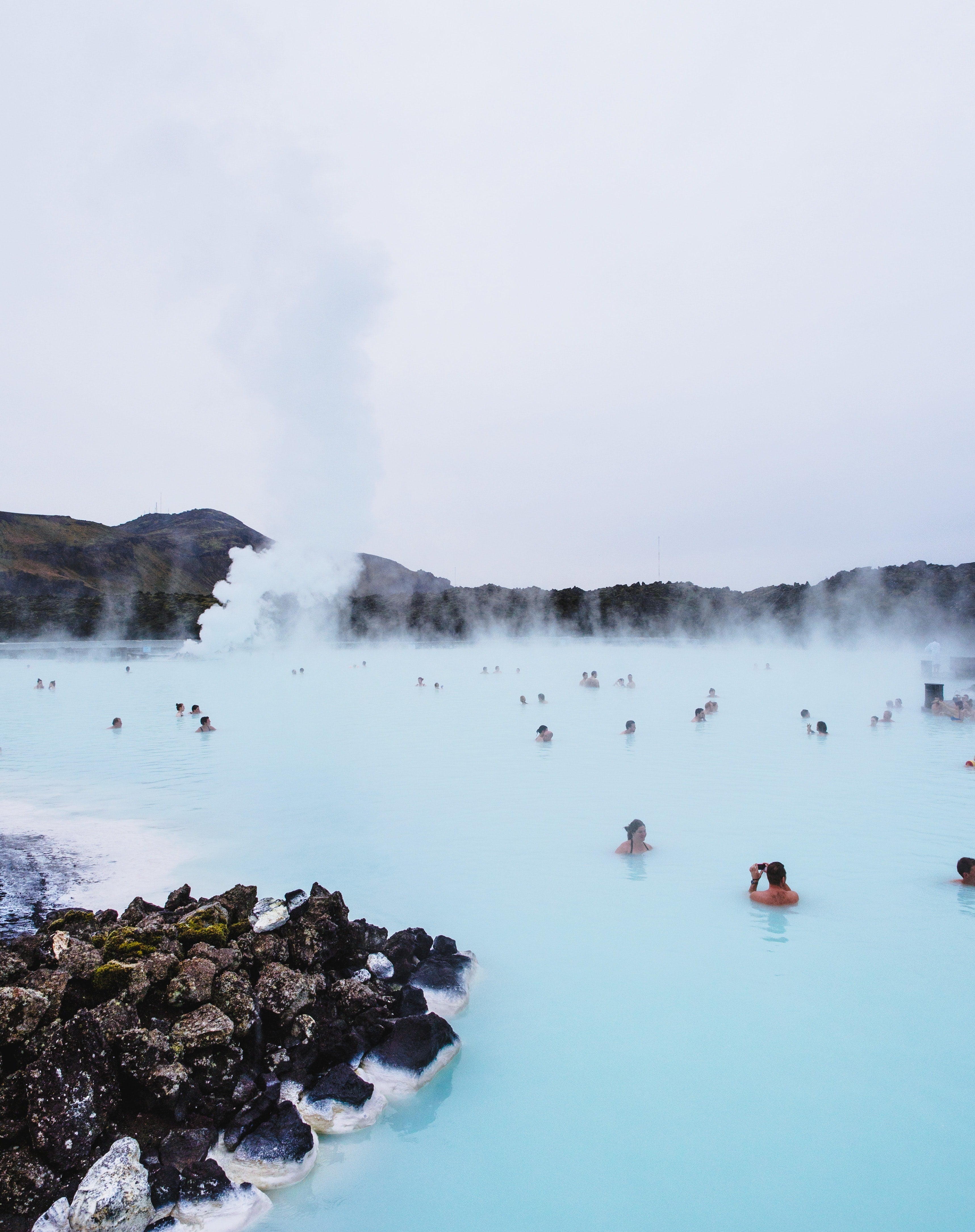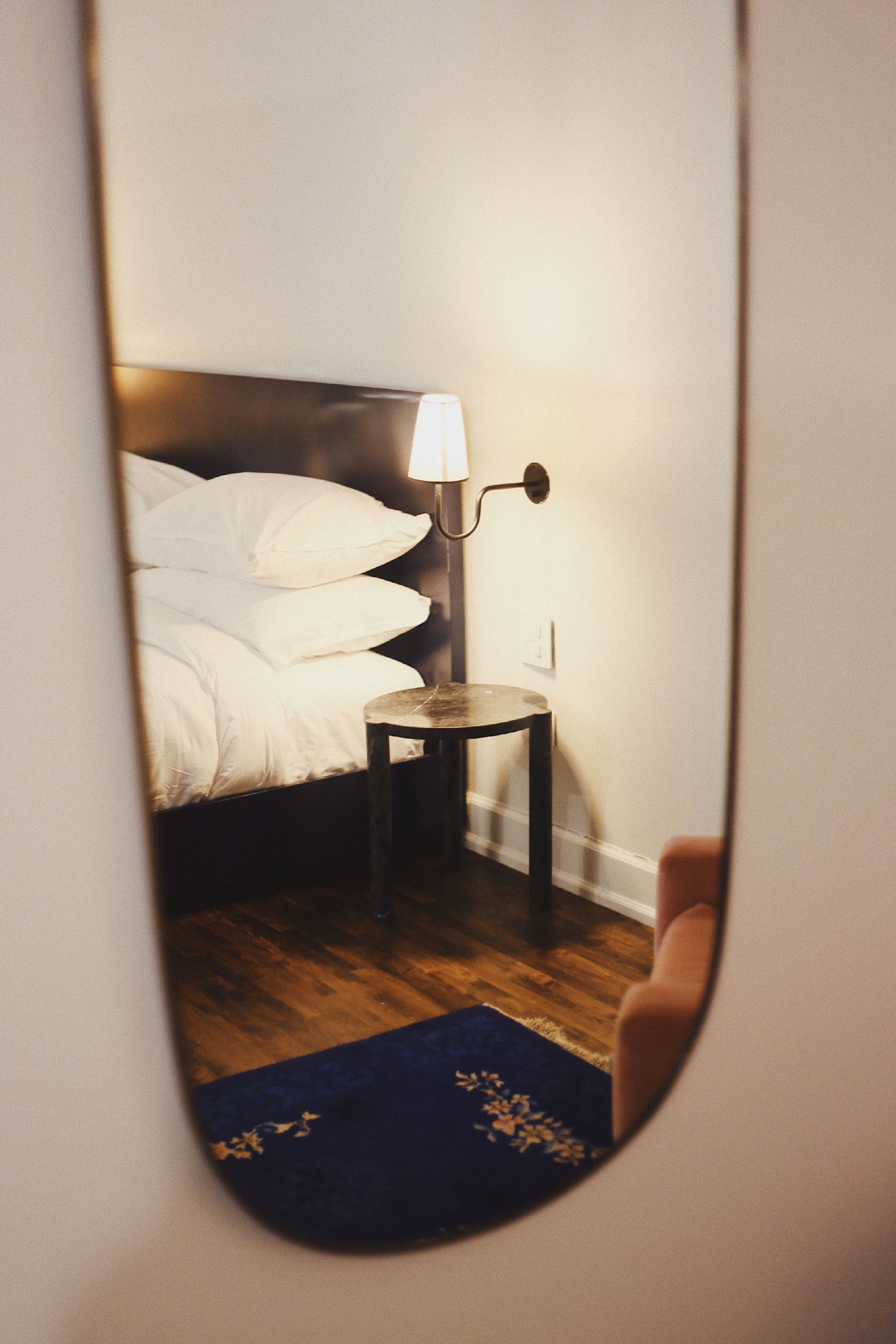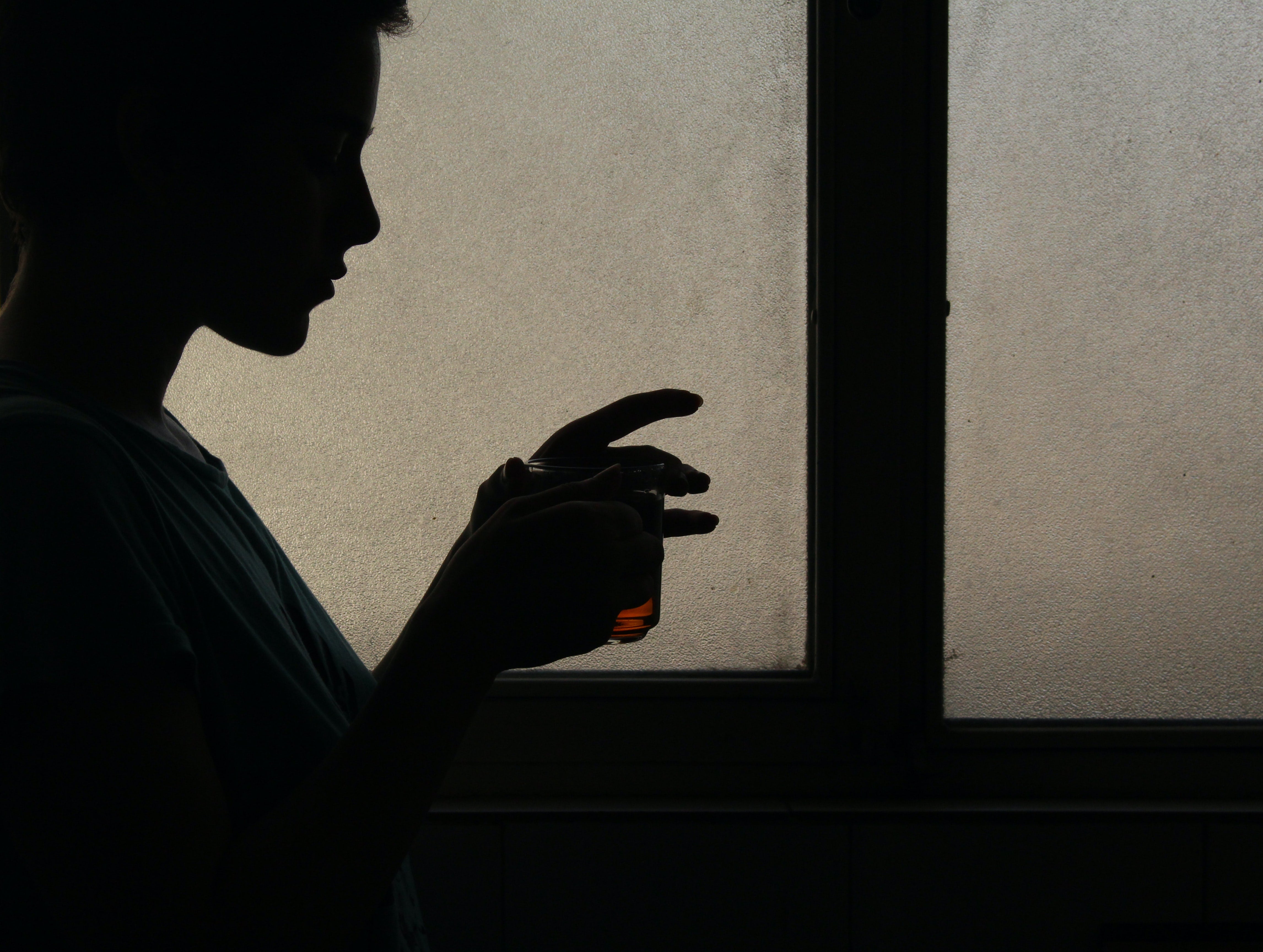what does average libido look like?

Demystifying a “normal” sex drive.
Like with sexuality or Time Warner Cable, libido lives on a spectrum. More colloquially referred to as “sex drive,” libido is an indicator of any individual’s emotional or physical energy concerning sex. Surely you’ve heard “high libido” or “low libido” referenced with relative frequency. But when it comes to quantifying our own drives—and those of our partners—what does average libido look like? Is there a way of naming (or identifying) a normal sex drive?
Well, the short answer is: No. That’s where the whole spectrum bit comes in. There’s no universal metric by which we measure libido—and no range within which we consider libido levels “standard” or “average.” Instead, “high” and “low” are purely measured against your standard sex drive. Sure, there are polar ends to the spectrum. On the one hand, there’s steadfast asexuality and on the other, hyper-sexuality extreme enough to be considered notable. But in the middle, we all vary enormously. And libido levels are only cause for concern if/when they feel like major departures from the way we’re used to feeling.
That said, according to a 2021 survey conducted by maude, nearly half of all the study’s 3,000+ participants (42% female and 55% male) were interested in trying a supplement designed to enhance arousal. Moreover, the survey also found that both men and women wanted to have more intimacy with their partners (and themselves) than they were currently having: 93% of men and 84% of women indicated that they wanted to have sex with their partner every day, while in reality, only 6% of men and 16% of women do. Which is to say, many of us feel like we’re not experiencing our sex drives as potently as we’d like to.
At the bottom, libido is impacted by any number of factors—and they’re not exclusively hormone-based. Which is to say, you’ll find all ranges of libido level across men and women (and no, as a rule of thumb men do not have uniformly higher sex drives). Our capacity to be aroused can fluctuate with moods, with different partners, with stress and anxiety, with weather conditions, with medications, the list goes on. Typically, our sexual fervor lessens as we get older and begin to produce less testosterone, but even that standard decline happens at different rates for all of us.
Moreover, much like exercise, sex is a habit. The more we do it, the more our bodies come to expect it—so when we’re in new relationships, or having regular sex, it’s easy for our libido levels to rise—while they can lower just as quickly when we go through “dry spells”—which is to say, several weeks, months, or years at a time without having sex. A 2010 National Survey of Sexual Health and Behavior from The Kinsey Institute found that “droughts” like these were common in partnered and unmarried people in their 30s when the frequency of sexual activity overall had declined. And part of the rationale behind that statistic was simply, “use it or lose it.”



